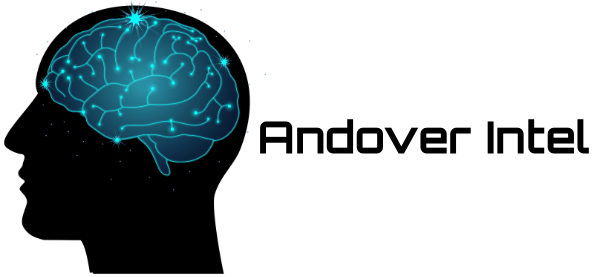Scope of impact is critical for the success of zero-touch automation, whether we’re talking about the general case of managing application/service lifecycles or the specific case of supporting network operator transformation. There’s a lot of stuff to be done in deploying and sustaining something useful, and the more pieces there are involved the more expensive…
How Do We Ensure that Zero-Touch Automation Actually Touches Enough?
The more you, do the more it helps…and costs. That’s the challenge of scope for zero-touch automation in a nutshell. The challenge is especially acute when you consider that the term itself could be applied in many ways. What exactly are we zero-touch automating? It’s that question, the question of scope, that determines the impact…
Dissecting the Challenges of Zero-Touch Automation
There’s no question that “zero-touch automation” is emerging as the new industry buzzword (or words), and it has the advantage or disadvantage of being more complicated than most of our past ones. Sure, at the high level at least, you can express the idea simply. It’s about full automation of the service or application lifecycle,…
A Structure for Abstraction and Virtualization in the Telco Cloud
It is becoming clear that the future of networking, the cloud, and IT in general lies in abstraction. We have an increasing number of choices in network technology, equipment vendors, servers, operating systems (and distros), middleware…you get the picture. We have open-source software and open hardware initiatives, and of course open standards. With this multiplicity…
The Cloud and the Battle for “Everyware”
Even in an industry, a world, committed to hype, reality always wins in the end. Cloud computing is an example of this tenant, and what’s interesting is less the validity of the central point than the way that cloud reality is reshaping the industry. Most interesting of all is the relationship between the cloud and…
How NFV Can Save Itself in 2018
Network Functions Virtualization (NFV) has generated a lot of buzz, but it became pretty clear last year that the bloom was off the rose in terms of coverage and operator commitment. Does this mean that NFV was a bad idea? Is all the work that was done irrelevant, or about to become so? Are vendor…
The Driving Technologies for Network Operators in 2018
If you’re a tech analyst, you just have to do a blog on what to expect in the coming year, no matter how overdone the topic might be. OK, here’s mine. What I want to do is look at the most significant trends and issues, the ones that will shape the market for years to…
Service Lifecycle Modeling: More than Just Intent
I blog about a lot of things, but the topic that seems to generate the most interest is service lifecycle automation. The centerpiece of almost every approach is a model, a structure that represents the service as a collection of components. The industry overall has tended to look at modeling as a conflict of modeling…
Missions and Architectures: Can the Two Meet?
What do Juniper and Nokia have in common, besides the obvious fact that both are network equipment providers? The answer may be that the two are both trying to gain traction by making generalized SDN products more mission-specific. “Laser focus?” Juniper has announced a multi-cloud application mission for Contrail, and Nokia’s Nuage SDN product is…
What Does Verizon’s Dropping IPTV FiOS Mean for Streaming Video?
Verizon is reportedly abandoning its streaming video platform, says multiple online technology sources. That, if true, raises some very significant questions because it could mean that Verizon has abandoned streaming as a delivery strategy for FiOS TV. If that’s true, then what does it mean for the 5G/FTTN hybrid model of broadband that Verizon has…

